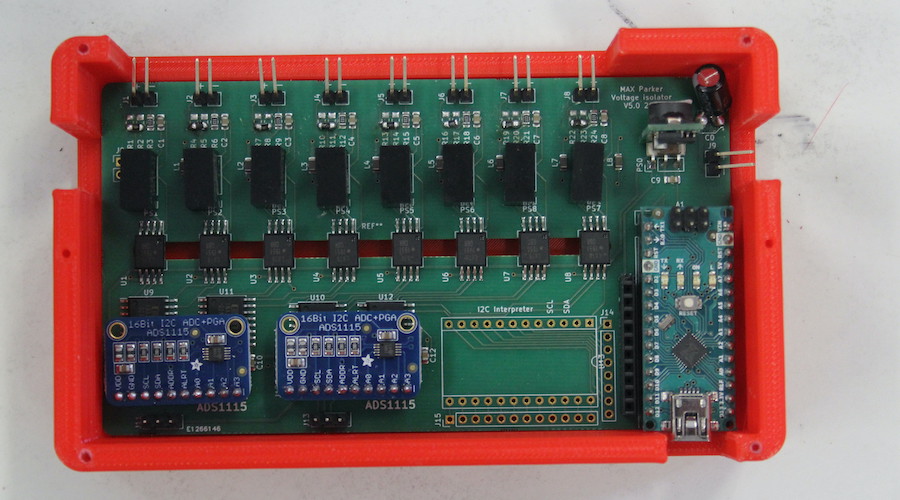Researchers, consortium to push for higher uptake of lead batteries

By employing research techniques such as electrochemical impedance spectroscopy, the scientists plan to study and predict the performance and lifetime of lead batteries in various utility duty cycles.
The scientists plan to study and predict the performance and lifetime of lead batteries in various utility duty cycles
“The availability of low-cost powerful microprocessors is fuelling an explosion in our capability to monitor, understand and impact battery degradation in real-world situations at low cost,” Dani Strickland, a professor at Loughborough University, said in a media statement. “This project is exciting because it will use expertise in the partner organizations to transition lead batteries to the world of big data and smart energy storage.”
The model developed by the researchers will be compared to data gathered from actual lead batteries in the field. This procedure is expected to significantly aid the understanding of how the technology is used in utility grid applications and how these factors impact battery life.
“This kind of collaborative research with universities is exactly what the lead battery industry needs,” CBI’s technical manager, Matt Raiford, said. “Working with leading institutions to deliver new insights and modelling techniques for lead battery energy storage is critical for the wider industry to continue their foray into the utility grid storage market.”
Focus in Europe
The current research is aimed at benefiting, at least initially, the European market, where lead batteries are already being used for grid-scale energy storage to provide frequency regulation services which are critical for grid flexibility and reliability.
“Through our technical program which involves research with our members and partners, we aim to develop batteries that can help Europe meet its ambitious decarbonization goals such as a climate-neutral Europe by 2050,” Alistair Davidson, director of the CBI, told MINING.COM.
Davidson explained that lead batteries operate in a closed-loop in Europe, with approximately 80% of the components new lead batteries originating from recycled material.
“European lead battery manufacturers and recyclers operate to some of the highest standards of production and recycling in the world and are heavily regulated. This allows the full sustainability benefits of the circular economy in lead batteries to be realized,” the executive said.
“However, it has to be recognized that lead battery recycling in some low and middle-income countries often does not achieve these high standards and regrettably can often be blighted with an informal sector who do not adopt the necessary controls to protect human health and the environment. A non-negotiable is that Europe’s lead battery manufacturers do not source raw materials from these regions if it cannot be demonstrated that it has been produced by a recycler that operates to the highest environment, health and safety standards,” Davidson pointed out.
Including all types of batteries, the Old Continent’s energy storage transition has increased from 0.55 GWh in 2016 to 5.26 GWh by the end of 2020, with front-of-the-meter deployments such as utilities leading the way, representing more than 50% of installed capacity.
Also in the US
The Consortium for Battery Innovation, which gathers battery manufacturers, industry suppliers, research institutes and universities from across the world, has also been collaborating on a lead battery project with US-based Gridtential Energy and Electric Applications Incorporated.
In this case, the objective is to develop high-voltage reference batteries for behind-the-meter energy storage applications, based on a bipolar technology that uses silicon wafers in traditional lead batteries.
The wafers are similar to those in photovoltaic cells and the idea is that the development becomes a ‘plug and play’ solar-powered energy storage system.
The bipolar technology is known as Silicon Joule and has been developed by Gridtential with the goal of reducing lead batteries’ weight and achieving a performance competitive with that of lithium-ion batteries, but at a lower cost.




